We’ve all been there. You worked so hard on your campaign, created a landing page, polished your design and copy thoroughly, you’re getting decent traffic – but no conversions. What gives? Well, the secret ingredient to your success is hidden in plain sight: your call to action (CTA).
In this article, we’ll give you 12 examples of successful CTAs that can increase your conversion rate, no matter the goal of your campaign: trial subscriptions, purchases, downloading an ebook or a white paper…
The Science Behind Call To Action Phrases
Why do some call to action phrases work and others don’t?
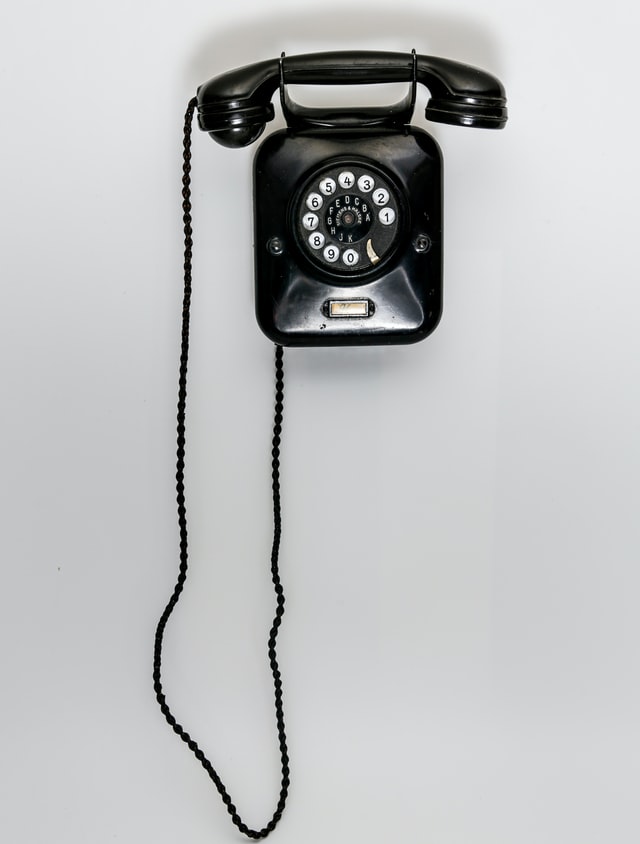
Calls to action have been around since the dawn of advertising. Even before digital marketing was a thing, CTAs were widely used for the same purpose: to achieve a conversion, whatever that would be.
But what is so appealing about some specific call to action phrases? The answer is based on psychology. Certain phrases or expressions invoke feelings of urgency, FOMO (fear of missing out) and similar emotions.
If you know which words to use, how, and when, you can make it more likely for your target customer to act as you want them to. Let’s see an example that will make it clear.
Let’s say we have two different CTAs like:
- Do you want to try X today?
- Try X now!
Which of these too is more likely to get you to act?
Of course, the second one has a pull to it – in the first one, you’re giving users a choice to say no. The second call to action phrase is giving you an order, plain and simple. When we read something, we react to orders unconsciously. If the rest of the copy did its job, at this point the reader is ready to go for it and convert.
12 Proven Call To Action Phrases – Explained
Now that you know a bit more about CTAs, we’ll go through 12 examples of call to action phrases that will make a huge difference in your campaigns. Let’s dive into it.
1. Time Is Running Out!
This call to action capitalizes on fear of missing out and evokes a feeling of urgency. Nobody likes to miss out on anything. It also conveys scarcity: if you don’t act now, you might not be able to get the same product or service because there’s a limited number of units.
If you let your customers wait and think about it, they probably will talk themselves out of buying your product or subscribing to your service. If they have to act now, they’ll be more likely to go ahead with the purchase. Other variations include:
- Act before it’s too late!
- Get your discount before it’s gone!
- Don’t miss out!
- Limited quantities available!
These other options can be just as powerful depending on the product you sell and the type of campaign you’re running.
2. Yes, I Want X!
Whereas our first example puts the focus on the offer, this second CTA option puts the onus on the reader. At the same time, as the user reads this call to action, he/she absorbs the information as if it was their own decision.
You can use this tactic for anything: a free trial, an ebook, a white paper, free shipping… It’s not important what you’re offering in this case, but rather the user’s willingness to follow the order.
This phrasing creates a positive connection between the user and the action, and that is why lead magnets with this CTA tend to work.
3. Start Your Journey Toward X
We all like to feel we’re going somewhere, right? We want to grow and learn, and improve our performance. So, this call to action capitalizes on that need, and it reiterates that you should act now – without telling you to act now.
This is a CTA that focuses on the result, not the exact offer you’re providing. Let’s say your company sells diet meals for fitness enthusiasts. If you offer something like:
- Start Your Journey To Fitness
- Start Your Path To Your Ideal Weight
- Start Your Journey To Weight Loss
Any reader that wants to go on a diet will recognize himself in these goals. Focus on the result and offer something that really contributes to it.
This kind of CTA makes your reader imagine themselves at the other end of this first action. It’s highly inspirational and motivational, which are two traits of a great call to action phrase.
Also, you can create variations of this CTA using a thesaurus – a very important tool for anyone that does copywriting and, specifically, sales copy.
Using synonyms allows you to create variations of this kind of call to action phrases, and such is usually the case with any previous formulas.
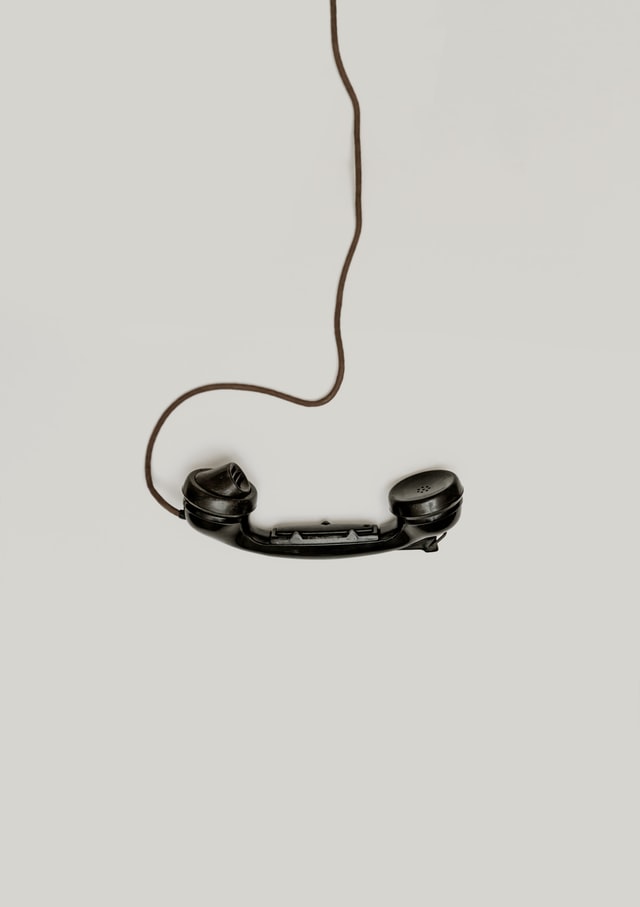
4. Grab X Now!
One of the great advantages of this call to action is that, much like our previous example, you can replace “grab” with many words: seize, score, gain… The right word will depend on what you’re offering, and also on your ideal customer profile.
Once again, “now” is a very important part of the message. You want readers to act before they can think about it. A study from DAC Group showed that in North America, 40% of the money spent by ecommerce users were impulse purchases. Most of the time, we buy something because we want it, not necessarily because we need it.
This CTA not only applies urgency to the decision, it also implies some advantage the user “seizes” when in comparison to users who didn’t go for it. Urgency and scarcity improve your chances of conversion.
5. Do You Want to X? Yes or No
This is another one of those call to action phrases that focuses on the reader. Ideally, the offer is something irresistible, making it more likely for the user to say yes.
Let’s say you own a company that makes aluminium straws for drinks. These straws are reusable and therefore help the environment. If you ask “Do you want to protect sea animals? Yes or no”, it’s clear most sensible people will think “of course I want to protect sea animals!”.
As you can see, the goal is to make “Yes” the only possible answer to this question.
At the same time, this kind of question gives readers a choice, avoiding to seem manipulative or pushy. It might be more logical to say “Yes”, but that does not mean your user cannot say “No”.
6. Activate X Today!
This call to action phrase capitalizes on urgency, and it’s commonly used when it comes to free trials, discounts, or coupons. You want to get it today, not tomorrow, not next week. At the same time, the expression “activate” implies an action from the reader that leads to a desired result.
“Activate your free trial today!” gives you a clear advantage, and, even better, for free. Who doesn’t like to get good stuff for free?
Also, the word “today”, even though it implies urgency, also shows that it’s easy to get what you want as soon as possible. So it pushes readers to act in order to get what they want.
7. Add to Wishlist
This CTA is ideal when a user is first browsing your ecommerce site. You don’t want to be too pushy, but at the same time, you don’t want to miss out on this opportunity to secure a sale (or a conversion).
By adding some of your products to a wishlist, your users create this kind of connection. This does not create a commitment, but it gives your readers and users an incentive to come back on their own behalf. Also, if it benefits you, you can use the fact that they created an account on your platform and send them a coupon or a discount that ends quickly.
This way, even though you weren’t pushy, you can make sure your users are coming back to buy what they added to their wishlist.
8. Add to Cart
Sometimes, simple and clear is the way to go when it comes to call to action phrases. If all you want your reader to do is add a product to their cart, then ask for it.
Once the product is in the user’s shopping cart, even if they don’t buy it immediately, you’ll usually get their email address. If you have that contact information, you can easily email your user with a message similar to “Did you forget something?”, “Come back 🥺” or other equally persuasive email subject lines.
If you’re wondering whether the emoji works, we advise you to try it with your users. You’d be surprised at the difference it makes!
9. Join X Other [Category] as Subscribers to My Email List
You can use many different call to action phrases in order to get subscribers to your email list or newsletter.
However, the thing that’s special about this one is that you’re offering social proof. As an example, let’s say you have a newsletter about SaaS startups. You could say “Join 1000 Other Startup CEOs As Subscribers To My Email List”.
Isn’t this better than just saying “Join My Email List”? If your peers are on this list, you can’t miss out. This mixes up urgency and a need to get in with the right crowd. Therefore, there’s plenty of advantages to this decision on the reader’s part.
10. Start The Quiz
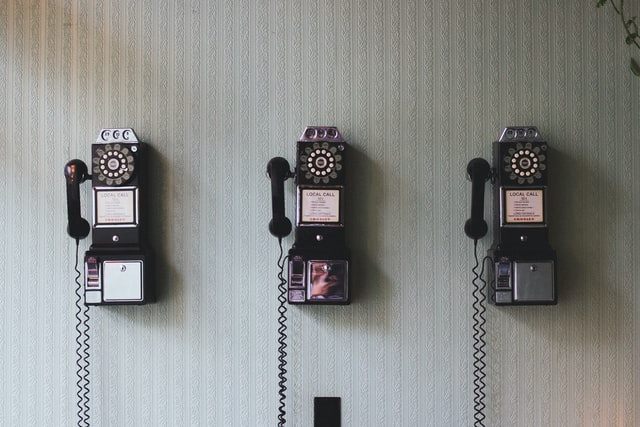
This is a great way to call your users attention with something that is not compromising on anything, but rather is a fun activity. We’re talking about quizzes!
The right quiz theme, once again, has to be something that your ideal customer would relate to. If you have an online bookshop, why not create a quiz about “Which Classic Novel Hero Are You?”. If you’re a bookworm, you’d love to know if you’d be Raskolnikov from Crime and Punishment, or Gatsby, or even Frodo from Lord Of The Rings.
The advantages of a quiz are many: you’re providing entertainment to your readers, you’re establishing a relationship, and on another note, you’re showing you know your product well. Being fun helps users trust you without pushing a sale too early.
11. Reserve your spot now!
Running a webinar is a great way to increase your user base. However, there has to be an evident advantage in booking a ticket.
For this purpose, you need to get the right speakers (authorities in your field), and you need to offer the webinar at a reasonable price.
Online, you can find many free webinars about plenty of subjects. So, if you’re able to offer this webinar for free, the better. If you are charging, you need to have a very good reason – let’s say you sell an SEO tool and you invite Aleyda Solis; users would very likely pay for that.
Plus, we are again tugging at FOMO (fear of missing out) from your readers. If they’re interested in securing a spot in your webinar, they need to act now.
12. Get Your Free X
To round up the stack, we have a classic call to action phrase that you can find pretty much everywhere: Get Your Free X!
Even though it is so commonly used, this CTA is still very powerful. There are a few reasons why.
First of all, you’re getting something for free. We all love freebies. Second, it makes it sound easy to achieve this freebie: all you have to do is click a button and there you go.
Plus, it’s not “our free X”. It’s “your free X”. By putting the focus on the reader, this CTA resonates with the reader. It makes the advantage tangible and achievable.
Wrapping Up
Sometimes, the right call to action phrase seems to be a million miles away. However, there’s a certain beauty to keeping it simple.
In this article, we gave you a tour of the most efficient CTAs, why they work and what you need to create your own call to action phrases successfully.
Did we forget anything? Would you like to comment? Use the comment box below or find us on Facebook, Twitter and LinkedIn.
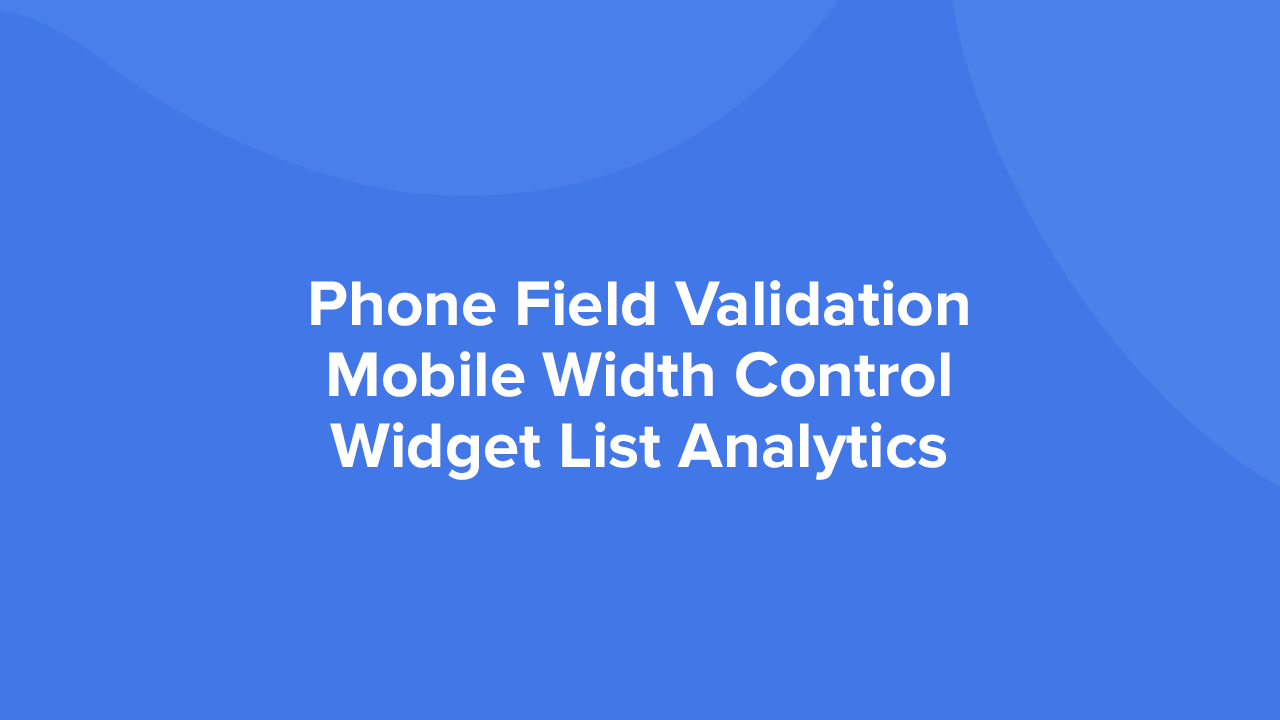 Convertful Update #36
Convertful Update #36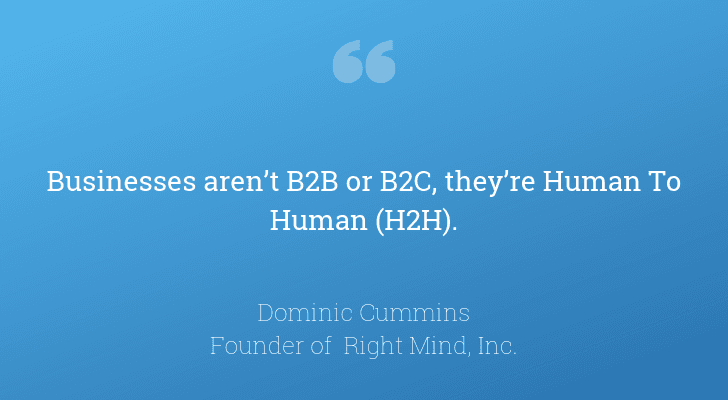 120 Marketing Quotes To Get Inspired
120 Marketing Quotes To Get Inspired